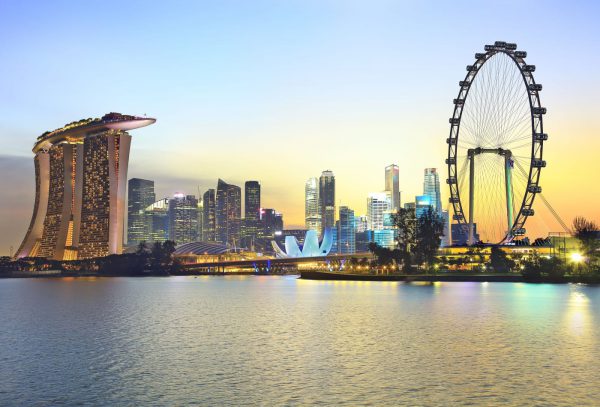SINGAPORE, 2 October 2020: Travel bubbles are shaping up in Southeast Asia with Singapore and Indonesia taking the lead while Vietnam is opening some regional air routes.
Dezan Shira & Associates’ latest investor update shows that several ASEAN states are looking to enhance economic performance, and they are using the travel bubble concept as a means to restore connectivity and encourage business recovery.

In his monthly overview, Dezan Shira & Associates’ managing partner, Alberto Vettoretti notes that “Singapore takes the lead with a total of six travel corridor arrangements, also known as reciprocal green lanes (RGLs), being established over the last three months.”
The bubbles include RGLs between Singapore and Japan, Malaysia, Brunei, New Zealand, China and South Korea.
“Indonesia established a travel corridor with UAE in the hope that the travel bubble can facilitate new investments from UAE, given the UAE’s commitment to invest USD22.8 billion into the country over the coming years,” says Vettoretti.
But the monthly insights also indicates Vietnam is taking the lead by announcing the resumption of commercial flights with China, Japan, South Korea, Taiwan, Cambodia and Laos within this month.
“As a result, we are glad to see a growing number of enquiries on entry permit and new business establishment in ASEAN in recent months, signifying business recovery despite Covid-19. Besides, the pandemic has also encouraged the development of several industries such as healthcare, e-commerce and telecommuting.
Not all Southeast Asian nations are succeeding in implementing their travel bubble projects. There is serious resistance to any attempt to open the doors to leisure tourists in Thailand. Projects are focusing on establishing a travel bubble with China to create a channel for business travellers to visit the country. But the announcements face opposition from health authorities and public opinion that opposes opening doors to tourism until a vaccine is available.
Thai authorities are now saying 2020 will close with around 6.7 million visitors down from 39.8 million in 2019. At best if trial projects to bring in long-stay visitors over the last quarter work, they will generate no more than 50,000 trips based on very optimistic forecasts. If the 14-day quarantine rule remains in place, the success of any travel bubble schemes with cities in China will fall far short of expectations.







